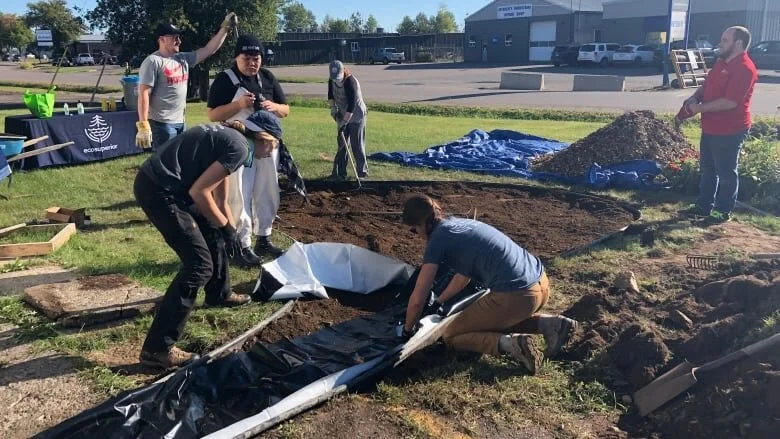The London Environmental Network is offering to reimburse up to $1,000 to those in London, Ont. who install rain gardens on their property. A rain garden is a landscape feature that is both aesthetically pleasing and good for the environment. The bowl-like structures are dug into lawns to collect rain and melted snow that runs off grass, roofs and driveways in urban areas.
Do depressions in Canadian prairies hold the key to groundwater recharge?
The water cycle is a delicate balance. In natural settings, water from rainfall or snowmelt can soak into soil or runoff to streams. Some of the water is stored in natural underground reservoirs—called groundwater. Plants use up the water to grow, and then new precipitation refills the groundwater—a process called groundwater recharge. In dry climates, plants use up most of the water that enters the soil. So how does the groundwater get refilled? For Canadian prairies the answer is found in depressions located in the landscape. In these depressions, runoff from the surrounding land accumulates and moves into the groundwater.
EcoSuperior rain garden in Thunder Bay to help reduce water flowing to city storm sewer
The front lawn at Habitat for Humanity in Thunder Bay, Ont., is smaller thanks to the work of some volunteers, to build a new rain garden. The garden, measuring about four metres by three metres, will help absorb water running off of the roof of the group's office and ReStore in the city. The rain garden was created with the work of volunteers on Wednesday morning. "It's one of many different techniques that you can use in an urban watershed to manage storm water runoff," said Julia Prinselaar, a program coordinator with EcoSuperior.




